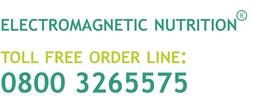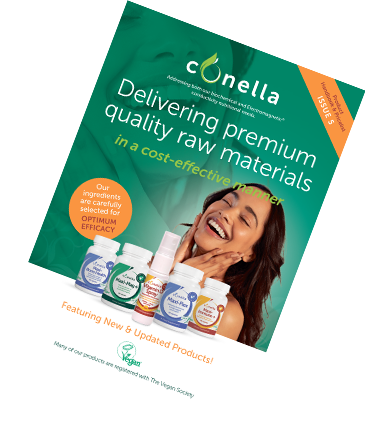For many years we have raised the connection between sunlight and our ability to optimise health, through optimising mitochondrial function and biophoton activity as a key source of respiratory energy or adenosine triphosphate (ATP). However, it's great to see that science is beginning to identify the connection between light and our important health-promoting digestive bacteria profile, after all, as identified by Herings Law of Cure, most disease starts with some form of bowel disorder. So maybe a sun-soaked summer holiday does more for us than simply recharging our biophoton cellular batteries.
According to a recently released study from a team of Canadian researchers, exposure to narrow band ultraviolet B light (UVB) can directly impact our gut microbiomes. While this science is still in its infancy, with further studies needing to be conducted, this has led to an interesting theory: that a previously undiscovered communication pathway between our skin and gut may exist, with the latter directly impacted by vitamin D and our access to it.
This could have a number of implications for autoimmune diseases such as Inflammatory Bowel Disease (IBD) and Multiple Sclerosis. Both believed to be caused by a variety of environmental and genetic factors, it has long been observed that gut bacterial diversity, exposure to sunlight, and vitamin D levels can have an effect – a theory supported by this latest study.
Examining 21 female subjects, the research required that individuals received three sessions a week where they were exposed to full-body UVB. Both blood and faecal samples were taken from them at the start and end of the study, in order to monitor changes in gut bacterial diversity and vitamin D levels over this period.
While half of those partaking had taken vitamin D supplements across the three months prior and showed no changes, the remaining group displayed a notable increase in alpha as well as beta gut microbiome diversity, indicating a direct link between UVB skin exposure and gut microbiome makeup.
Bruce Vallance, the scientist leading the research at the University of British Columbia, explained that before exposure to the UVB, participants who had not taken vitamin D supplements were shown to have a far less diverse and balanced gut microbiome. However, following their three weekly sessions, this increased to a level in line with that of the supplemented group, who showed no significant changes.
Interestingly, he pointed out that the individuals who had not been taking supplements underwent a roughly 10 per cent uplift in their blood serum vitamin D concentrations in the space of just one week, this change, which was not observed in the supplemented group, indicated that the vitamin acts as a mediating factor, demonstrating a direct link between UVB exposure and a healthy degree of microbial diversity in the gut.
Although he highlighted that the causal mechanism remains unclear, Mr Vallance did say that the study represents exciting new data to support the theory that UVB light in some way modulates the composition of the gut microbiome, most likely through the synthesis of vitamin D.
He explains: “It is likely that exposure to UVB light somehow alters the immune system in the skin initially, then more systemically, which in turn affects how favourable the intestinal environment is for the different bacteria.”
While these findings are, in many ways, exciting, it can be argued that they introduce more questions than they answer, and further research undoubtedly needs to be conducted, both with larger trail groups and with a view toward more firmly establishing the causal link between these findings.
Efforts to do this are already underway, with the next stage of the research set to use a larger and more diverse group of individuals. While it is expected that similar results will be found, it is hoped that this will provide an opportunity to more deeply explore the mechanistic link between these three key factors: sunlight, vitamin D, and the microbiome.
It is hoped that, in time, this could contribute toward a greater understanding of and more effective treatments for IBD, with increased IBD activity having long been linked to reduced vitamin D levels.
As Mr Vallance concludes: “The results of this study… [identify] a novel skin-gut axis that may contribute to the protective role of UVB light exposure in inflammatory diseases like MS and IBD.”
For those who suffer from these conditions, this is no doubt incredibly exciting news, and a definite cause for optimism moving forward.










